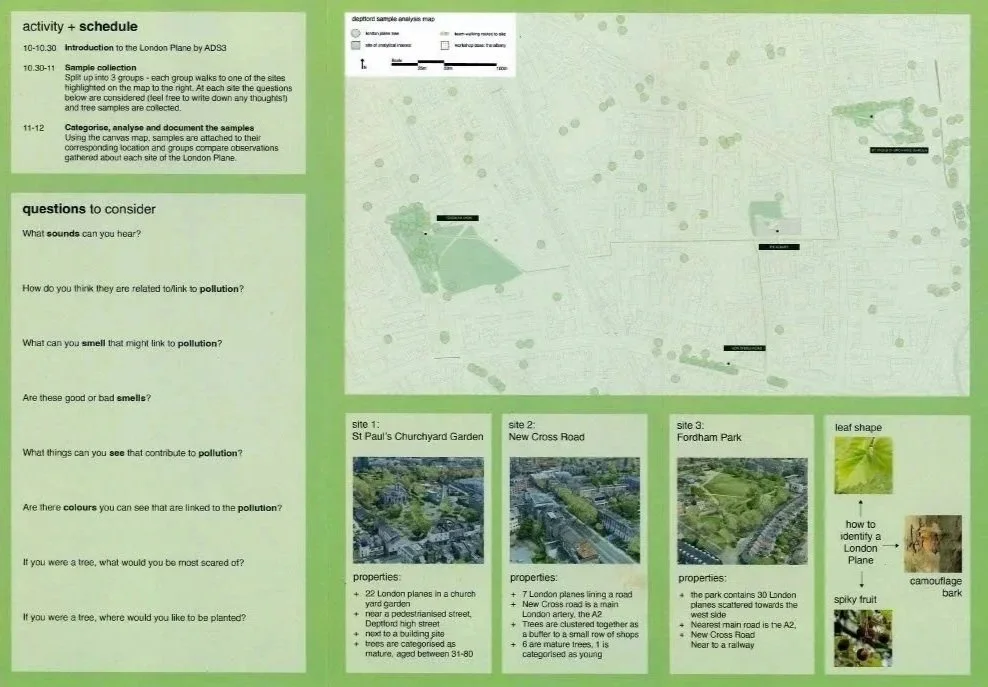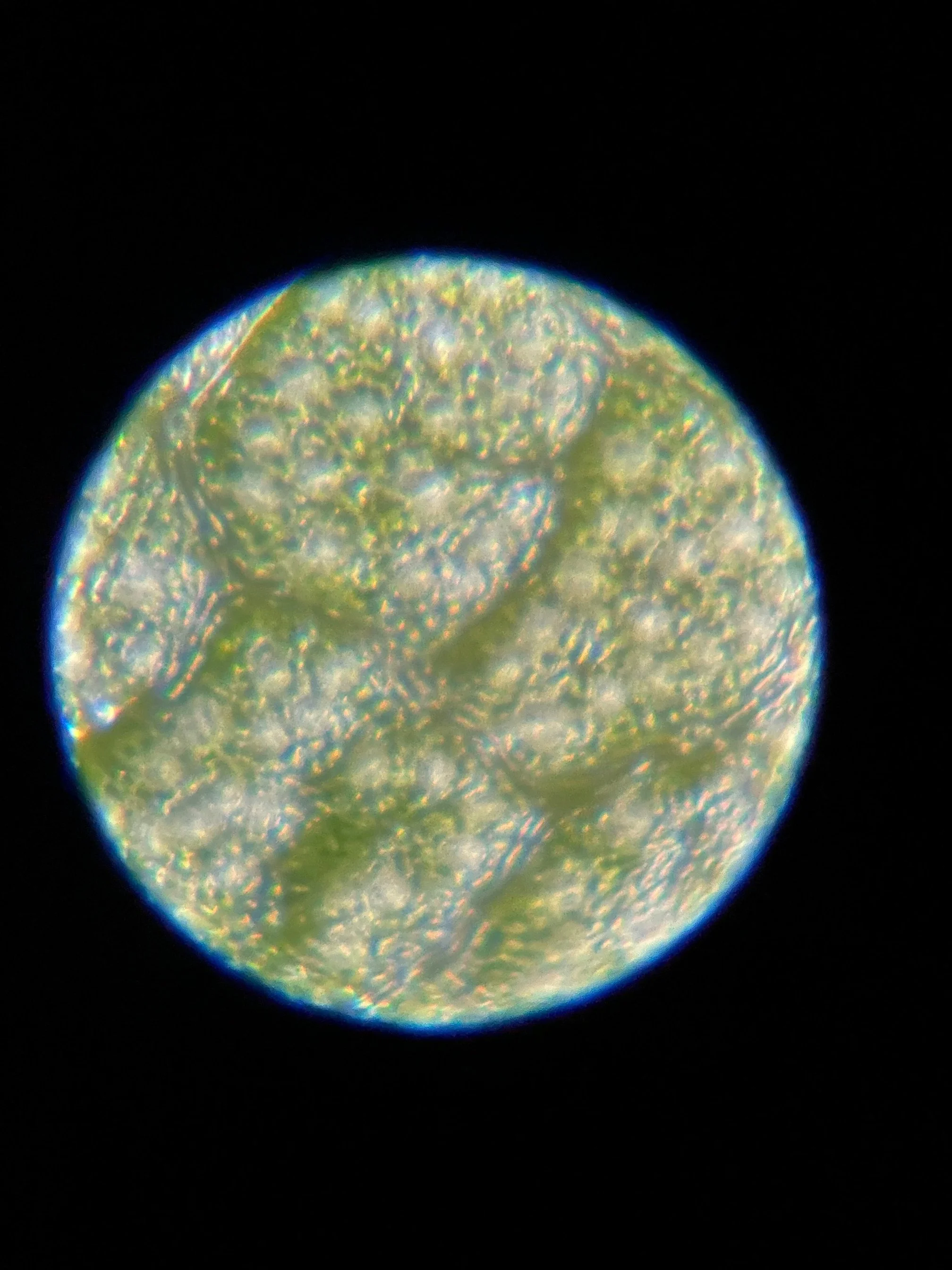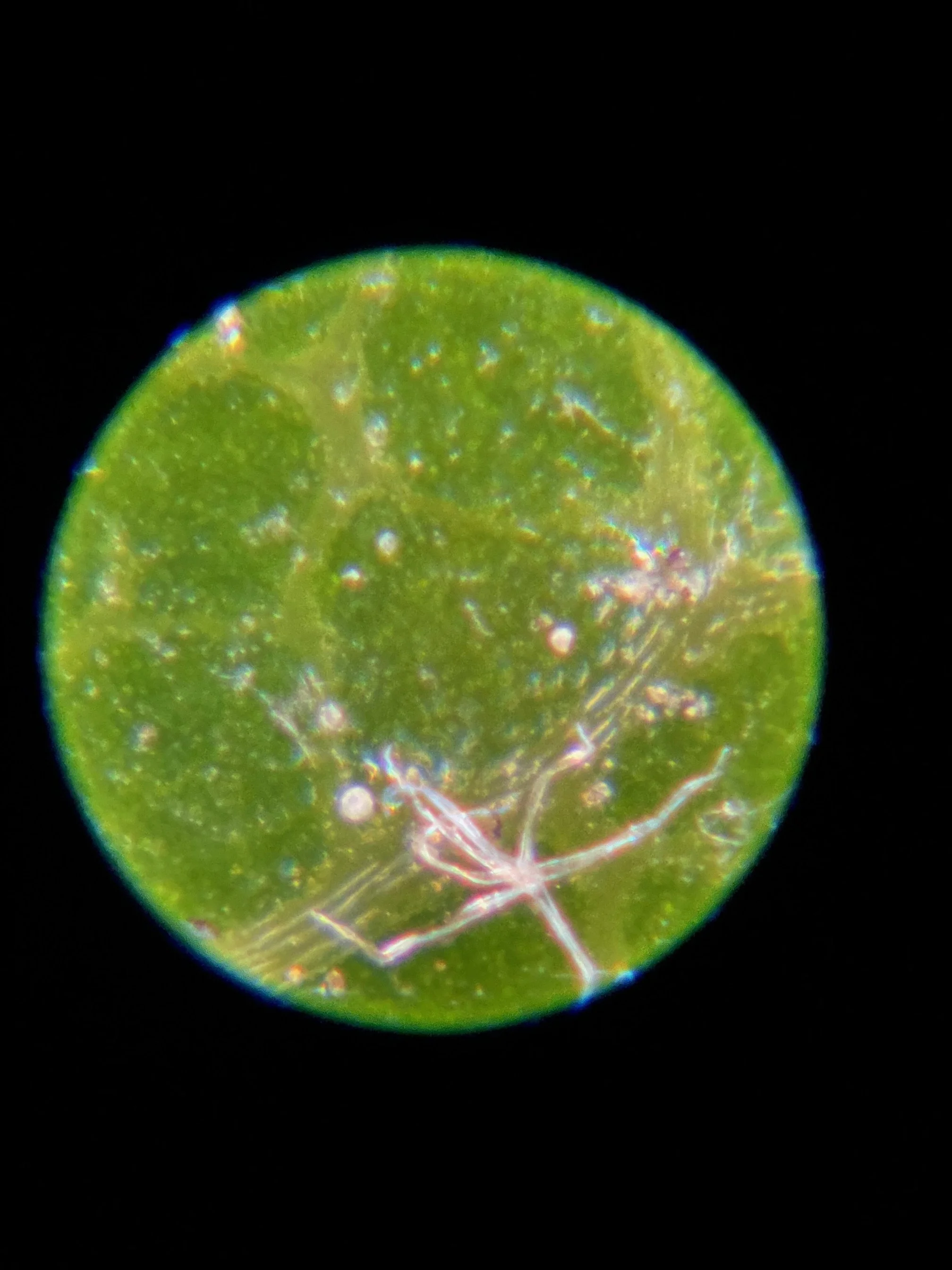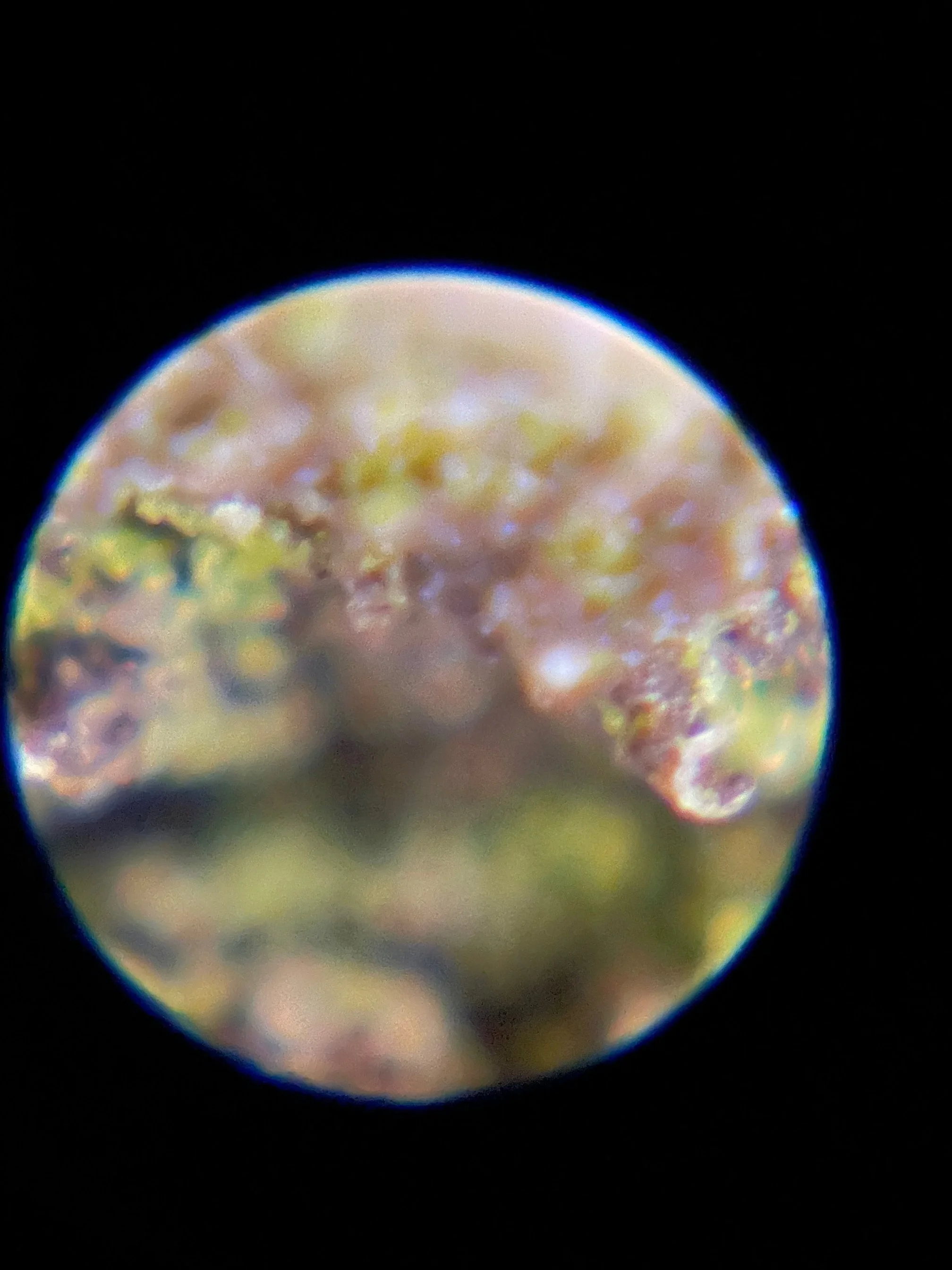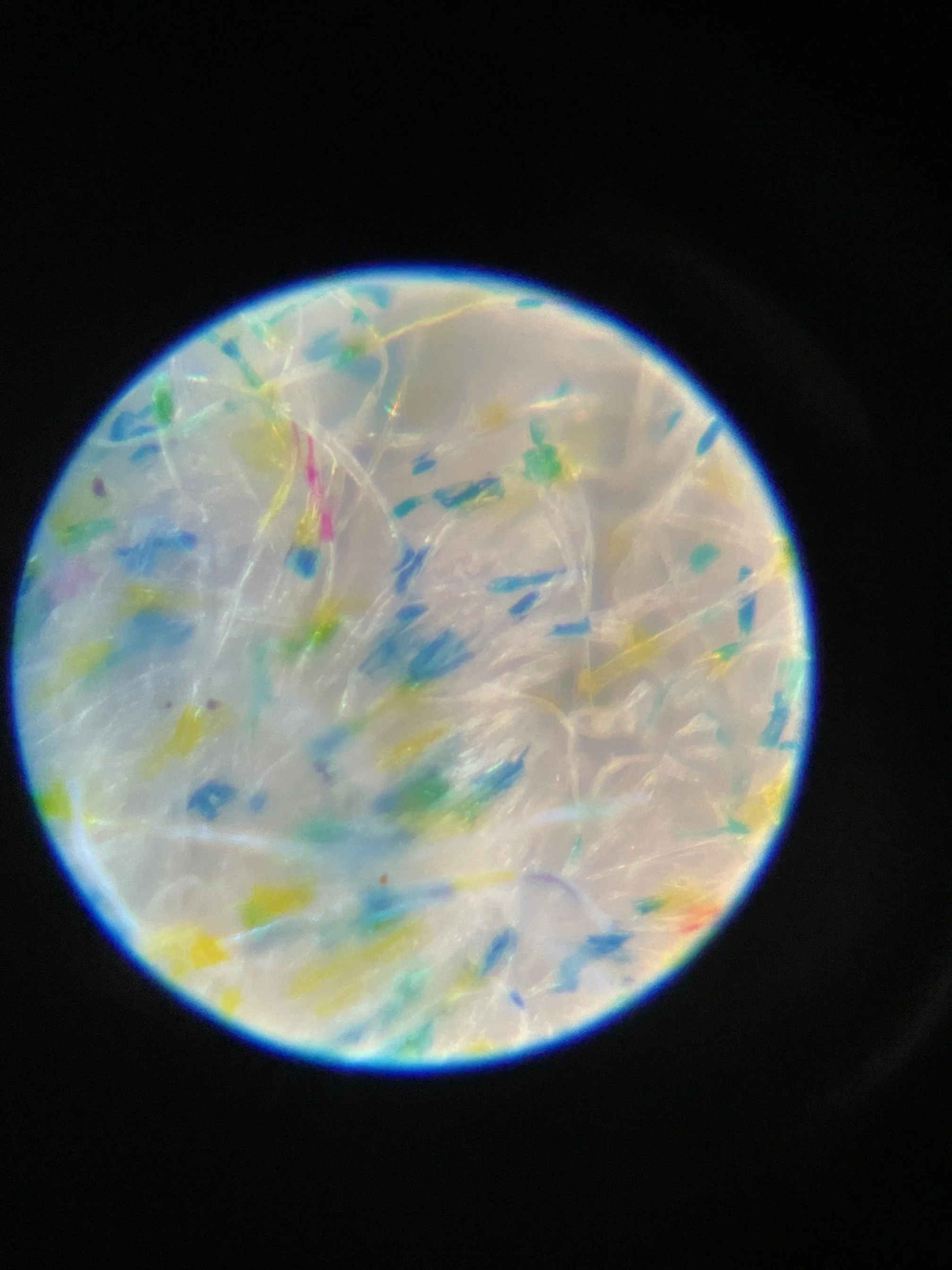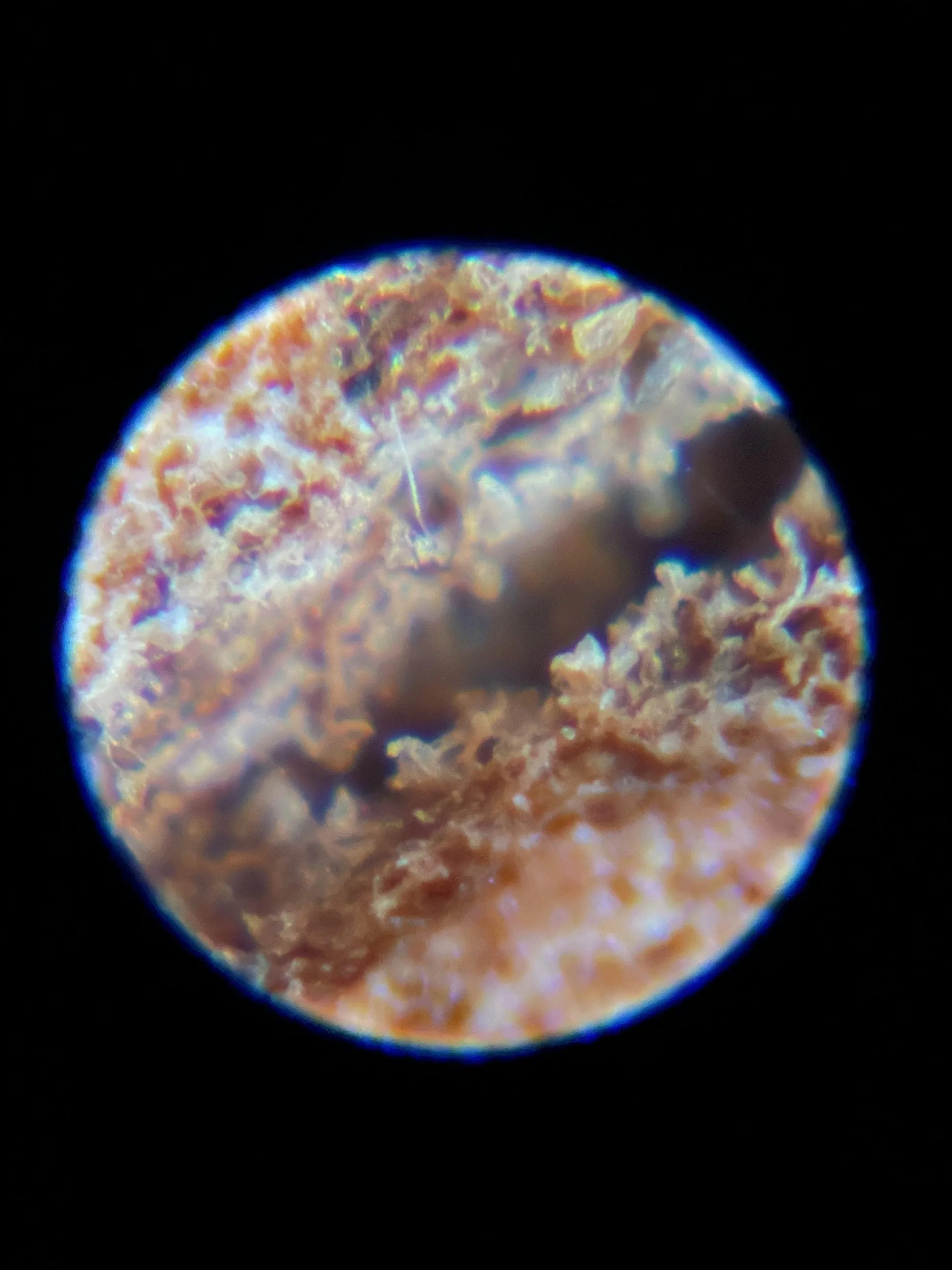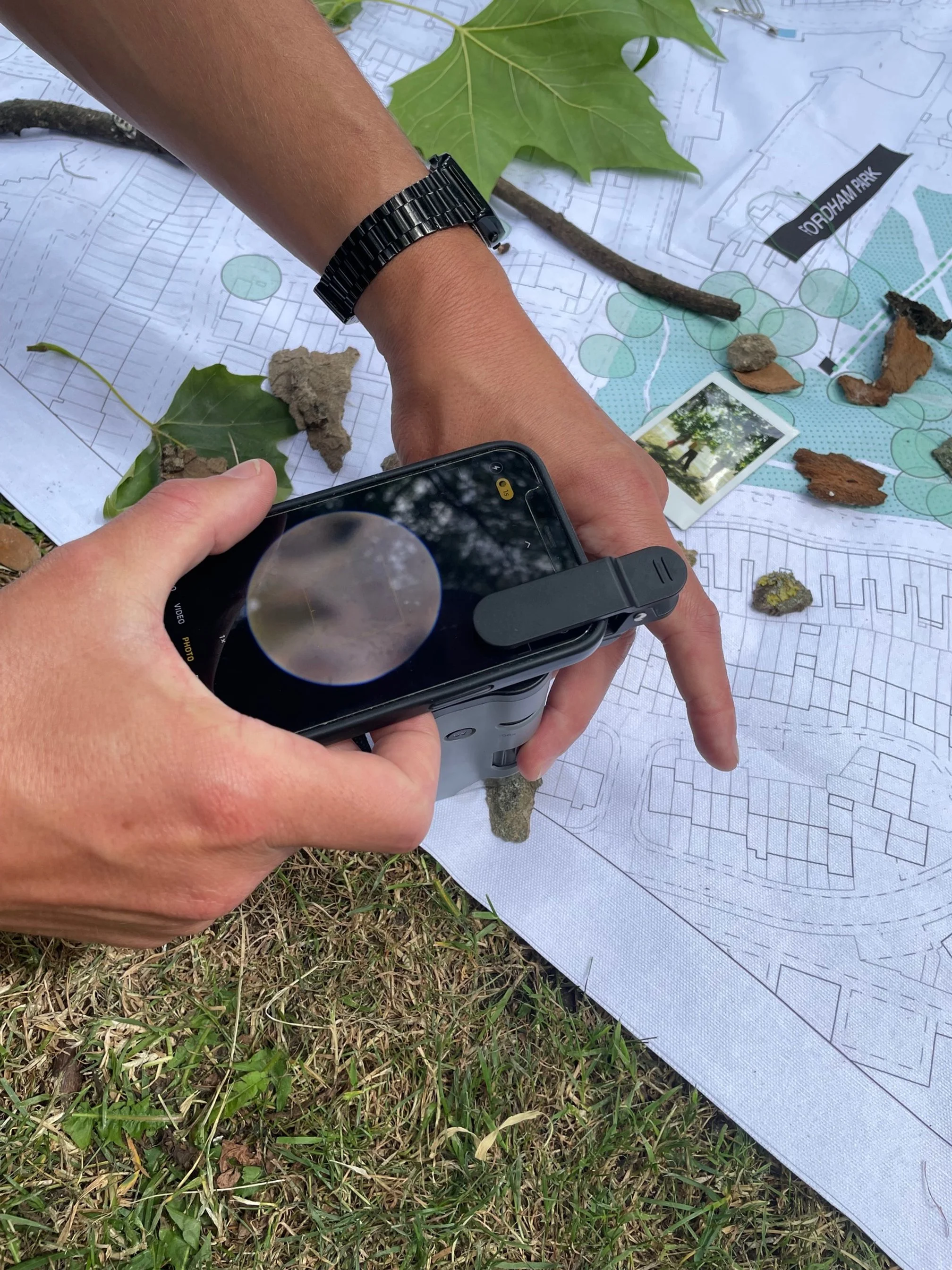Making a London plane.
METABOLIC MATTERS. This workshop was a group initiative that explores the material and biological cycles that underpin the London plane’s ecological resilience. Participants are invited to engage with the tree’s anatomy, chemistry, and symbiotic relationships through drawing, observation, and discussion.
By understanding the London plane as a living archive of urban metabolism, we can reimagine our relationship with the city’s more-than-human inhabitants.
Back to Earth x RCA
Metabolic Selves Studio Group Project
Institution
Royal College of Art
SERPENTINE
THE ALBANY theatre
Back to Earth
Year
2022
The story of the London plane
The London plane is one of the most familiar trees in London’s urban landscape, lining many of the city’s streets, squares, and parks. The hybrid species (Platanus × acerifolia) was first recorded in the seventeenth century, and is believed to be a cross between the Oriental plane (Platanus orientalis) and the American plane (Platanus occidentalis).
During the Industrial Revolution, the London plane became highly valued for its remarkable ability to withstand urban pollution. Its bark periodically peels away, shedding accumulated soot and toxins, while its broad leaves capture airborne particles, contributing to cleaner air.
Today, the London plane continues to play a crucial role in the city’s ecology, regulating temperature, filtering air, and providing habitat for numerous species. The tree stands as both a product and a witness of London’s industrial and environmental history.
The pollution resistance of the plane
bark
The London plane’s bark has a unique ability to resist air pollution. Its surface flakes off in patches, removing trapped pollutants such as soot and dust from the industrial era. This process allows the tree to continually renew its outer layer, maintaining its capacity to filter the surrounding air.
soil
The London plane’s root system thrives in compacted urban soils, tolerating limited oxygen and high levels of contaminants. This resilience allows it to survive in environments where other tree species fail, making it an essential component of city planting schemes since the nineteenth century.
leaf
The large surface area of the London plane’s leaves makes them efficient at capturing airborne pollutants. Microscopic hairs on the leaf surface trap dust and particles, which are later washed away by rain, cleaning the tree and the surrounding air.
fruit
The spherical seed balls of the London plane contribute to its resilience and reproductive success. The seeds are dispersed by wind, enabling the tree to colonise disturbed sites and urban wastelands.
lichen
The presence of lichens on London plane trees serves as an indicator of air quality. Lichens are highly sensitive to atmospheric pollutants, and their diversity increases as air quality improves. Monitoring lichen populations helps scientists track changes in pollution levels across the city.
activity + schedule
10:30–11:00
Introduction to the London plane by ADS3 Studio
Gathering at the Albany Theatre Studio.
Introduction to the London plane tree and overview of the workshop.
AOS will explain the workshop and share their insights about the history and characteristics of the London plane tree.
11:00–12:15
Cultural mapping and documentation: identifying the London plane
During a walk around Deptford, students will visit key sites to study the London plane’s ecological and cultural significance. Participants will observe, photograph, and collect data to better understand the tree’s relationship to the surrounding environment.
The workshop took place on the 2nd of July 2022

